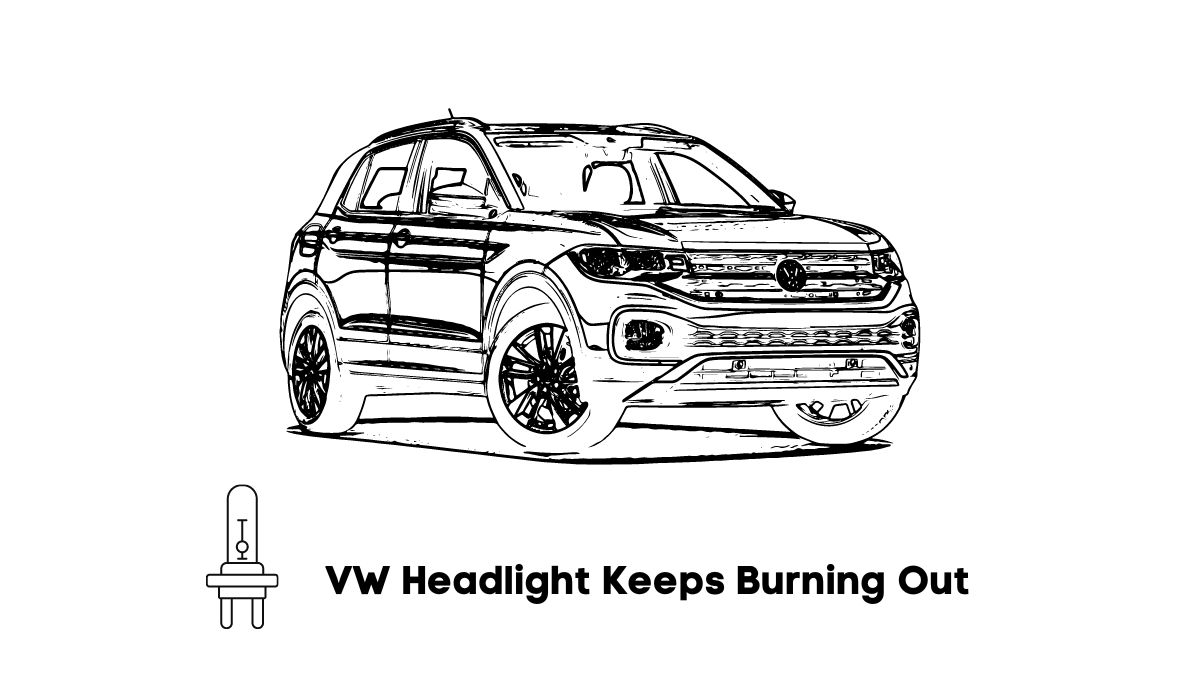Headlights are a security tool. A University of Leeds paper (White Rose University Consortium) looking at the effect of lighting conditions on a driver’s perception found that headlights made it easier for drivers to perceive other cars at T-junctions at night.
This explains Canada’s decision to introduce legislation prohibiting people from driving without headlights once the sun sets.
If you live in Canada and your headlights have burnt out, fix them before the local authorities penalize you. But what do you do when your headlights keep burning out? Start by identifying the factors causing the bulbs to burn out. They include the following:
1). The Bulbs Are Old
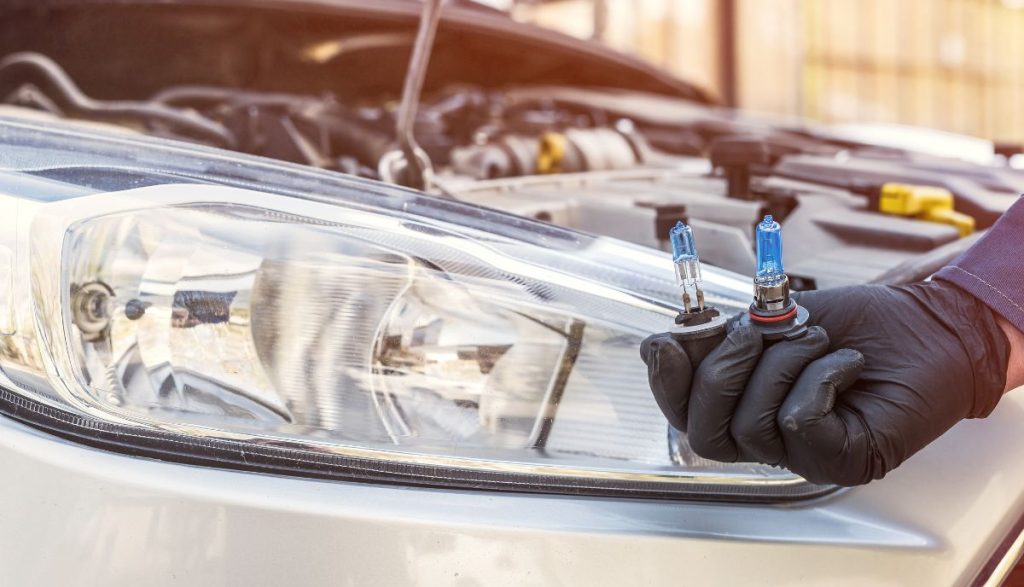
Headlight bulbs won’t last forever. Eventually, they will succumb to regular wear and tear. It will fail after 500 – 1000 hours. Their life expectancy will depend on the following:
- The brightest bulbs have the shortest lifespans.
- Low-quality bulbs don’t last long because the raw materials and workmanship are lacking.
- The bulb type makes a difference. That 500 to 1000hr lifespan mentioned above applies to tungsten-halogen lights. Xenon bulbs can work for 10,000 hours.
500 – 1000 hours seem short. However, remember that most people use their headlights for an hour or even less while driving from work to home at night or home to work early in the morning. Just because you’re driving doesn’t mean your headlights are on.
How To Fix It?
You can fix this problem. Headlight bulbs will grow old and die regardless of what you do. You can exacerbate the wear and tear by exposing them to intense vibrations, extreme temperatures, oxidation, etc.
But even when you treat them well, the headlights will eventually fail. You will observe one or more of the following symptoms:
- The headlights will dim.
- The headlights will flicker.
- The headlights may occasionally refuse to turn on.
- The headlights will become hazy.
You deal with an old burnt-out bulb by replacing it. Headlight bulb replacement costs around $20 – $100. The final figure may exceed $100 if labor fees increase because of unexpected complications.
2). The Car Is Vibrating
Cars are prone to vibrations. You can’t avoid them. Vibrations in a vehicle can occur because of the following:
- The roads in your area are littered with potholes, and you don’t know how to enter and leave a pothole carefully. As a result, you expose your car to unnecessary physical trauma.
- Cars can vibrate because of engine problems such as bad spark plugs, insufficient air, and clogged filters. In many cases, these vibrations occur as you accelerate.
- The axles can bend or break because of collisions, speed bumps, and potholes. This matters because the axles affect the power going to the wheels. The vehicle will vibrate once the axles fail.
- The brake rotors can break or warp.
- The tires can develop punctures.
- Some mechanics fail to align the wheels correctly.
But why are vibrations so bad? How do they affect the headlights? This is what you should know:
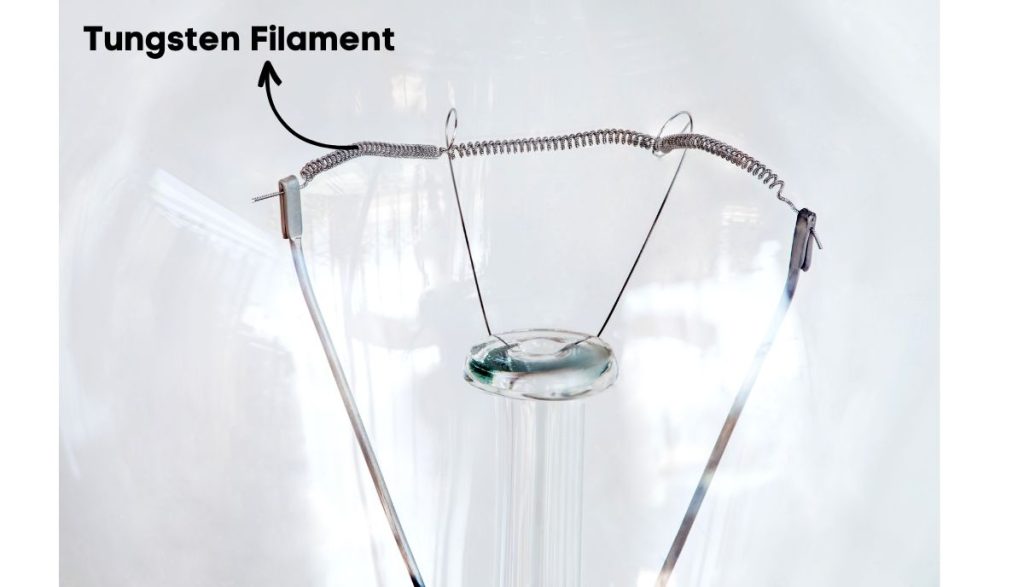
- Vibrations can break the tungsten wire filaments in the bulbs. The car runs a current through these filaments to generate light. They may not survive rough roads.
- You can make things worse by failing to secure the headlight housing. The vibrations will increase when you drive, even on smooth roads. Have you replaced the headlight bulb in recent times? You probably forgot to secure one or more screws.
- You may forget to fix the bulb firmly in the socket. A loose bulb will vibrate until it fails.
How To Fix It?
This problem has straightforward solutions. Find out why your car’s vibrations are so strong and eliminate them. That includes the following:
- Unclog dirty filters.
- Replace bad spark plugs.
- Clean dirty spark plugs.
- Fix or replace uneven or bent axles.
- Replace damaged brake rotors.
- Fix worn-out wheel bearings.
- Replace damaged tires.
- Make sure the tires are properly inflated.
3). You Touched The Bulb
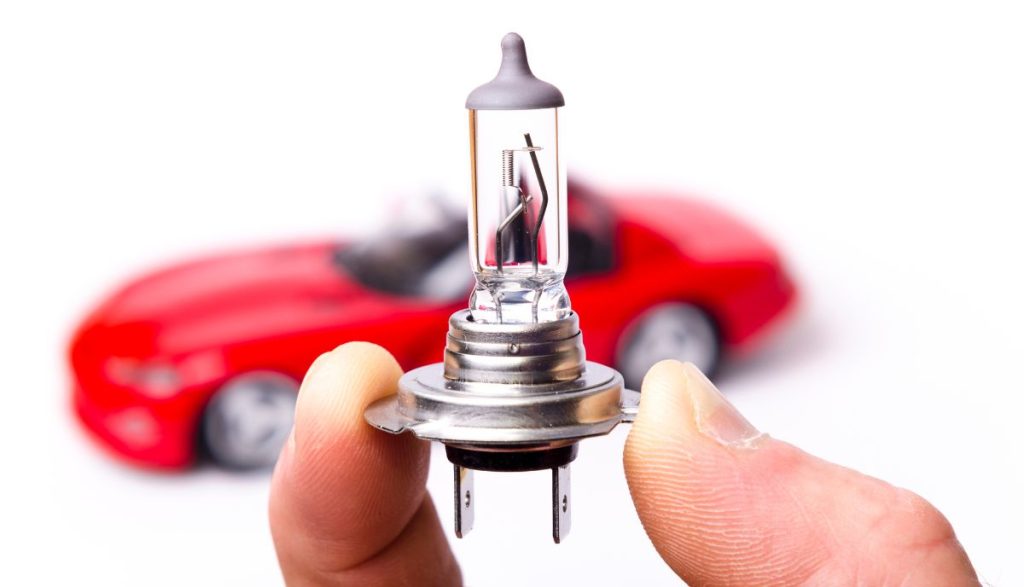
Do you change your own headlight bulbs? Do you touch the bulbs with bare hands? That is a mistake. Bulbs usually radiate heat and light evenly out of their quartz glass envelopes. Touching that shell with your bare hands transfers oils and salts from your skin.
On their own, these elements are harmless. Unfortunately, they concentrate the heat at those particular points on the bulb, which leads to uneven heating. The bulb will fail prematurely. It will burn out faster because the glass expands at non-uniform rates. This is common in halogen bulbs.
How To Fix It?
Handle the bulb with gloves. A cloth or paper towel will also work. If you prefer to use your bare hands, wipe the bulb after touching it.
4). You Bought The Wrong Headlight Bulb
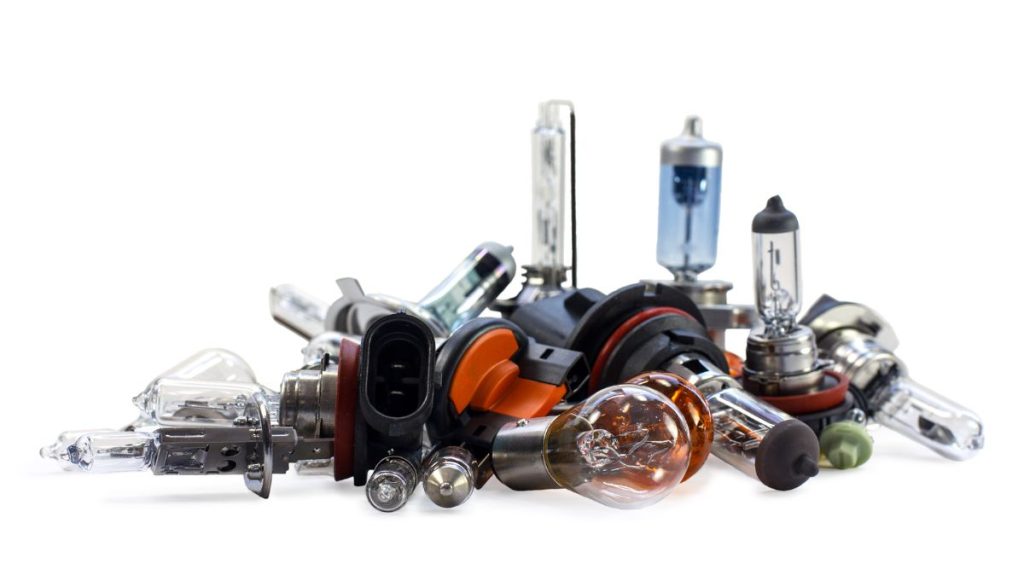
Many people prefer to replace their own light bulbs. Unfortunately, you risk buying the wrong bulb. Some bulbs are simply low quality. They come from shady brands, and you can’t trust them to stand the test of time. Others are the wrong wattage.
You also have vehicles that require a unique bulb brand or type. The car will reject the wrong bulb.
How To Fix It?
It takes hard work to identify the correct bulb for your headlights. You need to keep the following in mind:
- Start with the bulb type. Most drivers tend to favor halogen bulbs because of their long lifecycles and friendly price tags. Unfortunately, they are less efficient than LED and HID. They also produce more heat. You can destroy a halogen bulb by touching it with bare hands. High-Intensity Discharge (HID) bulbs are incredibly bright. You get a superior light output. However, they are expensive. LEDs are the best because of their efficiency, low cost, and lifespan.
- Use the manufacturer’s recommended wattage. An upgrade may require a relay. Keep in mind that a brighter bulb will burn out faster.
- The color temperature affects visibility. For instance, a yellow tint provides better visibility in fog and rain. In other words, you can increase a headlight’s brightness without elevating the bulb’s wattage if you acquire the correct color temperature.
- Naturally, the bulb’s size should match the headlight’s socket.
- Stay away from untested brands. Stick to reputable manufacturers whose bulbs attract positive reviews.
- Use the recommendations in the manual. You can also reach out to the manufacturer. If you submit your VIN, the company will suggest a suitable bulb type and brand.
- Pay attention to the cost. The cheapest bulbs have the shortest lifespans.
5). You Use The Headlights Frequently
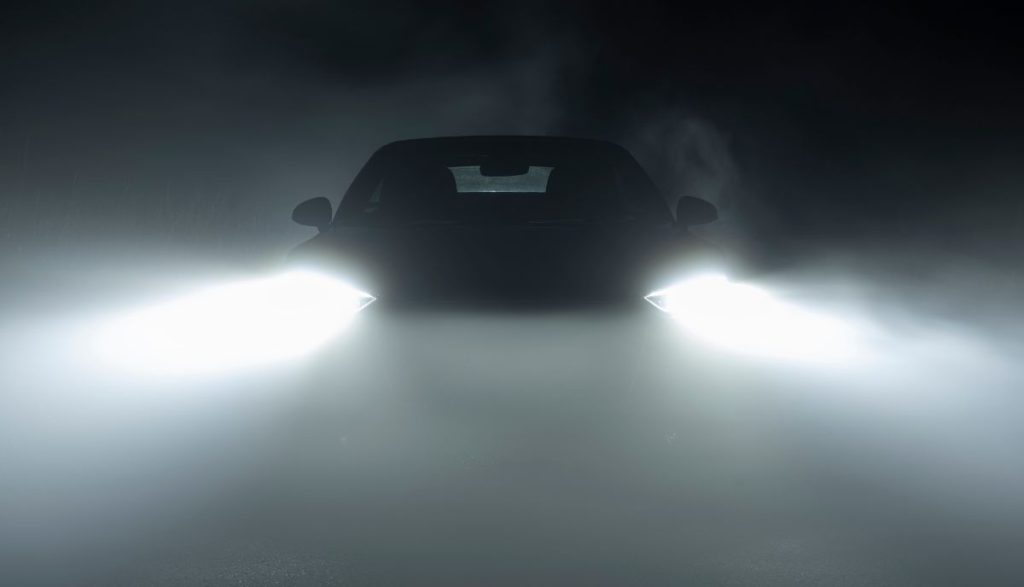
Sometimes, your headlights are not faulty. You haven’t touched them with bare hands or exposed them to extreme vibrations. You’re also savvy enough to buy high-quality bulbs. But they continue to burn out rapidly because you use them frequently.
You could work with Uber and drive all night, meaning your headlights are active for six to eight hours at a time. Or you live in a location that demands daytime running lights. Either way, using the headlights consistently for long durations exposes the filament to higher temperatures than it can handle.
You can’t fault the filament for breaking down. Things get worse when your area’s climate begins to fluctuate dramatically between extreme heat and cold. The filament will repeatedly expand and contract until it breaks. Keep in mind that cold temperatures make the filament brittle.
How To Fix It?
Halogen bulbs are a terrible idea for drivers that make frequent trips in cold weather. I recommend Silver Star ULTRA bulbs from Osram Sylvania. They are suited to winter conditions.
LEDs deliver a decent performance in cold weather. They remain bright and vibrant despite their low energy consumption. Once again, you should talk to the manufacturer. Ask them to recommend bulbs that fit your unique challenges.

